
Bringing in foreign footballers has become common among top-tier European leagues.
But when looking over to Asia, most football leagues limit the quota of foreign players on the pitch. There are usually only four in total; three foreign players from any country plus the other allocation for a player from Asia. This rule has led many Thai football clubs to import players from Africa, Europe, and South America. With the hopes that these foreign talents can help lift the team’s standard.
Meanwhile, the remaining Asian quota is usually taken up by a player from elite footballing nations in the continent, such as South Korea, Japan, or Australia. So it’s understandable when Thai clubs have to go deeper into their pockets, they expect an immediate impact.
With this in mind, ASEAN players initially got overlooked. The consensus among most Thai football club executives was that their qualities couldn't match those of the aforementioned nations.
But in 2018, the Thai League embarked on a bold journey when they introduced the ‘ASEAN Quota’ for clubs to utilize. The new rule provided clubs with an additional foreign quota for Southeast Asian players.
What did the Thai League see that the other leagues did not? How successful has the ASEAN quota been over the past four seasons? Find out in this article with Main Stand.
Nothing new
ASEAN players aren’t new to the Thai League. Many footballers from Thailand’s neighboring countries have shown their skills in the Land of Smiles since the 1970s. Cambodian footballer Penpak Wongsawan was one of the first to do so at Rajpracha FC.
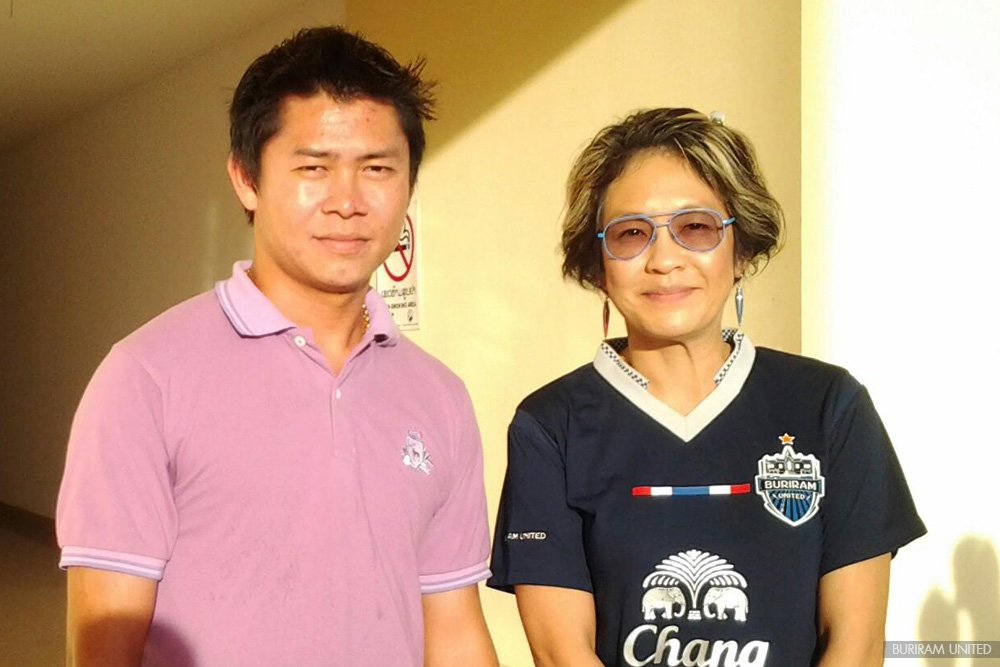
By 1996, Thamrong Thai Samosorn FC and the Thai Stock Exchange FC regularly imported Myanmar players to their respective clubs. Laotian forward Lamnao Singto was another prominent name to have donned the Buriram PEA (now Buriram United) jersey a few decades ago. However, as years passed, the number of ASEAN signings decreased.
It wasn’t until 2009 that the Thai League made significant changes to its organizational setup, giving provincial clubs opportunities to participate. This led to multiple provinces establishing their city’s football clubs.
To go with that, Muangthong United’s championship run that year generated a lot of hype nationwide. The 2009 season, until this day, will go down as the most remembered in league history.
Despite the league getting record-high attention from fans, ASEAN footballers weren’t given much interest.
Most foreign quotas were allotted to European, South American, and African players.
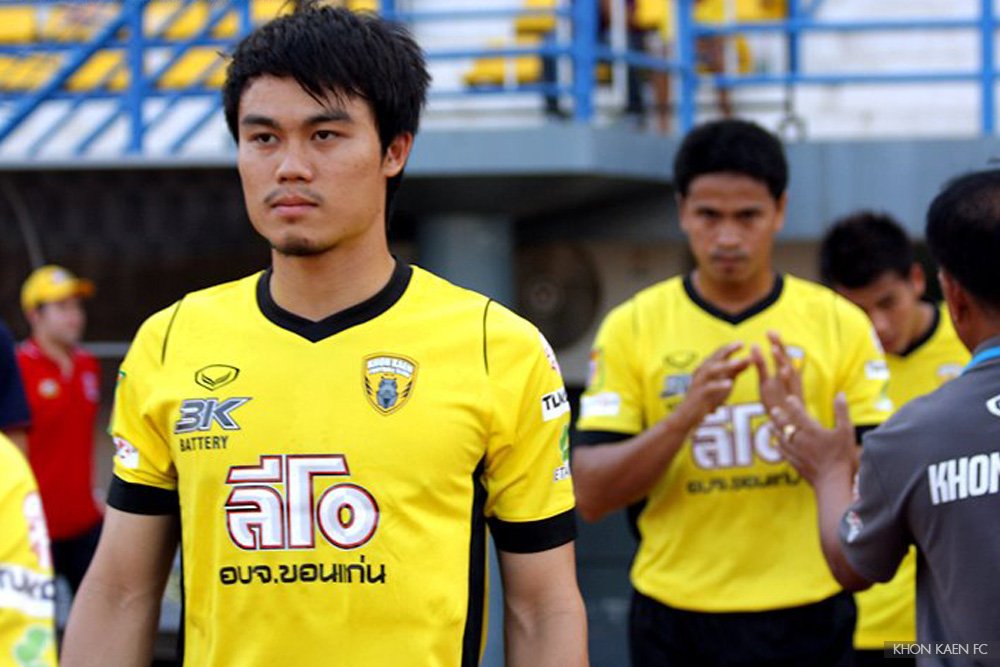
Only a handful of ASEAN players could take up the additional quota. Back then, there were only the likes of Laos national team players Kanlaya Sysomvang and Khampheng Savavutthi, who both played for Khon Kaen FC. Also, Khim Borey, the former Sisaket FC goalkeeper.
But as seasons passed, Thailand’s domestic football league became more competitive. As a result, clubs began to alter their transfer policies to have an edge over their counterparts. Importing players from Japan, South Korea, Australia and Uzbekistan became repetitive.
Thai clubs shifted their attention towards signing naturalized ASEAN players as their foreign quota. Since other ASEAN nations had less-strict requirements when giving out citizenship, importing naturalized players gave Thai clubs the upper hand. They were getting a foreign player without wasting a foreign quota spot.

Some notable examples included Victor Igbonefo and Greg Nwokolo, both naturalized Indonesian players of Nigerian heritage.
In addition, multi-national footballers were also used for the Asian quota—former Buriram United striker Javier Patino carried both a Filipino and Spanish passport when he arrived in 2013. The Thunder Castle registered him in the Asian quota slot to save their foreign quotas.
An overlooked market
Before the Thai League launched the ASEAN quota in 2018, the amount of ASEAN players was at a record low. In 2017, Indonesian Victor Igbonefo and Laotian Ketsada Suksawan were the only two ASEAN players registered in the league.
The key reason behind the low number of ASEAN players was that most clubs didn’t view them as a step up in quality from local players. Add Thailand’s constant triumph over ASEAN competitions in international tournaments, and little respect is left for neighboring nations.
The question of ‘Why bring in an ASEAN player when Thai players can do the job?’ was often raised.
The Thai League formerly used the 3+1 rule, which allowed three foreign players from anywhere plus an additional player from within the AFC (Asian Football Conference).
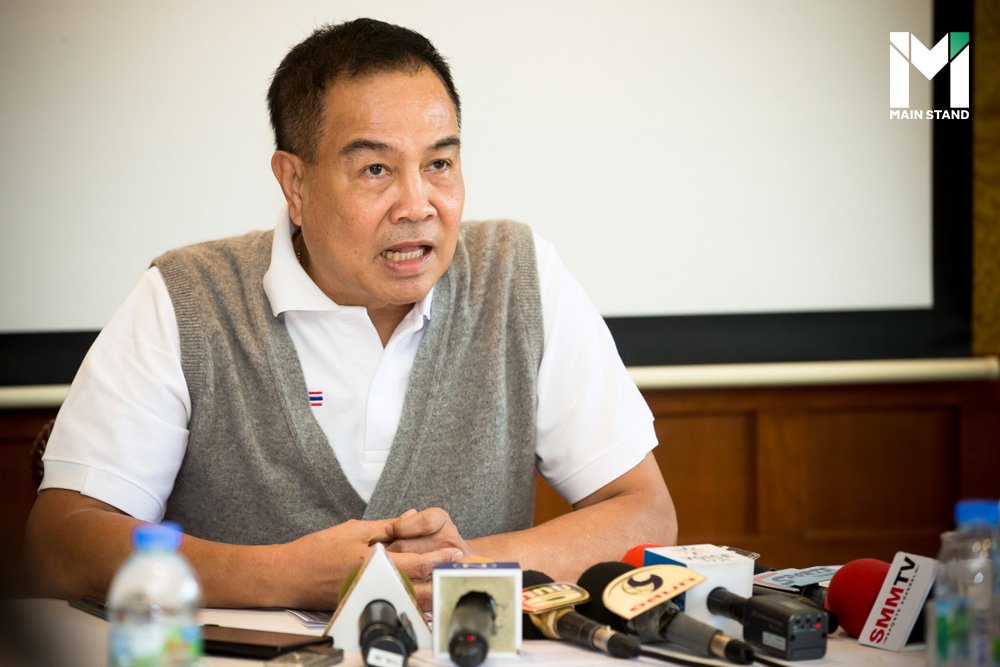
However, everything changed after Pol Gen Somyot Poompanmoung became President of the Football Association of Thailand. One of his targets was to make the Thai League the best in the ASEAN region. Therefore, he believed allocating an additional ASEAN quota to the existing 3+1 would help him achieve his goal.
There were mixed reactions to Pol Gen Somyot’s policy. Those against it believed the extra ASEAN spot would hinder Thai players from game time. Meanwhile, those in favor saw the possibility of adding more quality and excitement to the Thai League. Moreover, they believe that ASEAN players could enable the clubs to market themselves to a broader range of fans.
“Adding the additional ASEAN quota will enable Thai football to be broadcasted throughout the region,” said a Thai League club’s executive.
The league believes that if clubs were willing to bring in big-name ASEAN players, they would also attract fans from their respective nations. As a result, this would lead to an increase in social media following and merchandise sales.
With up to 680 million people living in ASEAN, it was a massive opportunity for the league to expand its brand.
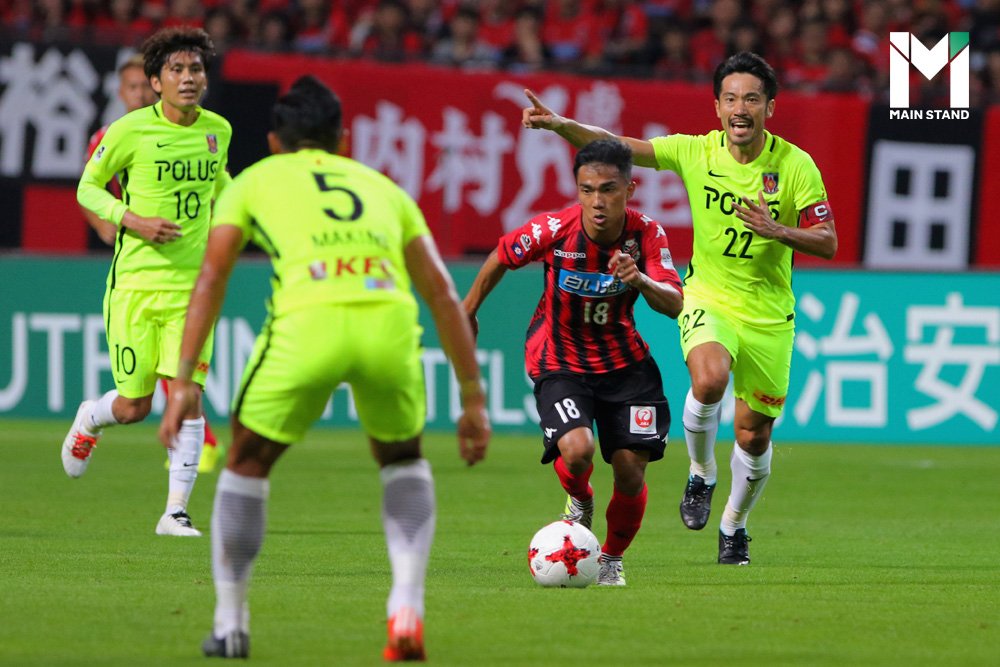
Japan’s J-league was another case study the Thai League studied. Ahead of the 2017 season, Japan’s football association partnered with Thailand, Myanmar, Cambodia, Singapore, Indonesia, Malaysia, Iran, and Qatar to allocate an extra quota for players from those nations. The plan opened the doors for then-Thai football prodigy Chanathip Songkrasin to join J-League side Consadole Sapporo and the rest is history.
Chanathip’s move triggered what could only be described as Thailand's ‘J—League fever.’ Television stations in Thailand queued up to invest in buying broadcast rights to the games the Thai midfielder was in action. In addition, jerseys, souvenirs, and other forms of Consadole Sapporo’s merchandise were must-have items among Thai football fans.
With all these factors in mind, the Thai League showed no hesitation in launching the ASEAN quota in the following season.
Instant hit
In the premiere season with the new quota, up to 16 ASEAN players were brought into the league.
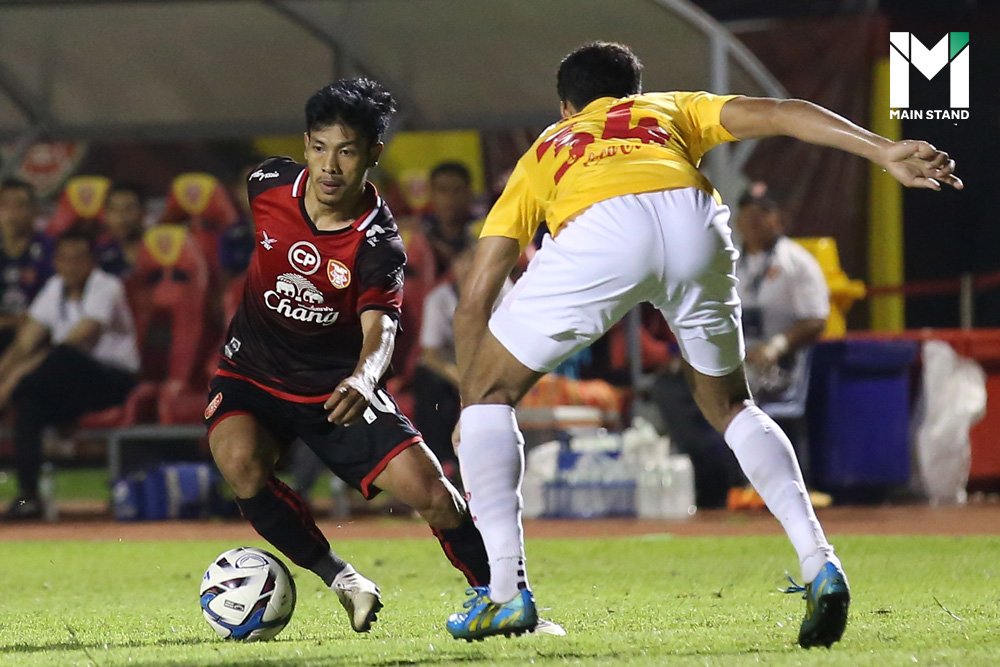
Most of the players were from The Philippines (5); meanwhile, the player who generated the most attention was undoubtedly Myanmar forward Aung Thu. Despite playing for Police Tero, who were relegated by the end of the season, Myanmar fans would often attend his games in significant numbers.
Given the success levels of the initial launch, the Thai League decided to allocate additional ASEAN quota spots in the following season. By 2019, the previous 3+1+1 (three foreign + one Asian + one ASEAN) number increased to 3+1+3 (three foreign + one Asian + three ASEAN). This meant that clubs could field up to seven non-Thai players simultaneously.
However, only a few clubs used all three ASEAN spots. The majority saw the extra spots as unnecessary and financially unsustainable. As a result, most teams started to revert towards bringing in half-ASEAN or naturalized players.
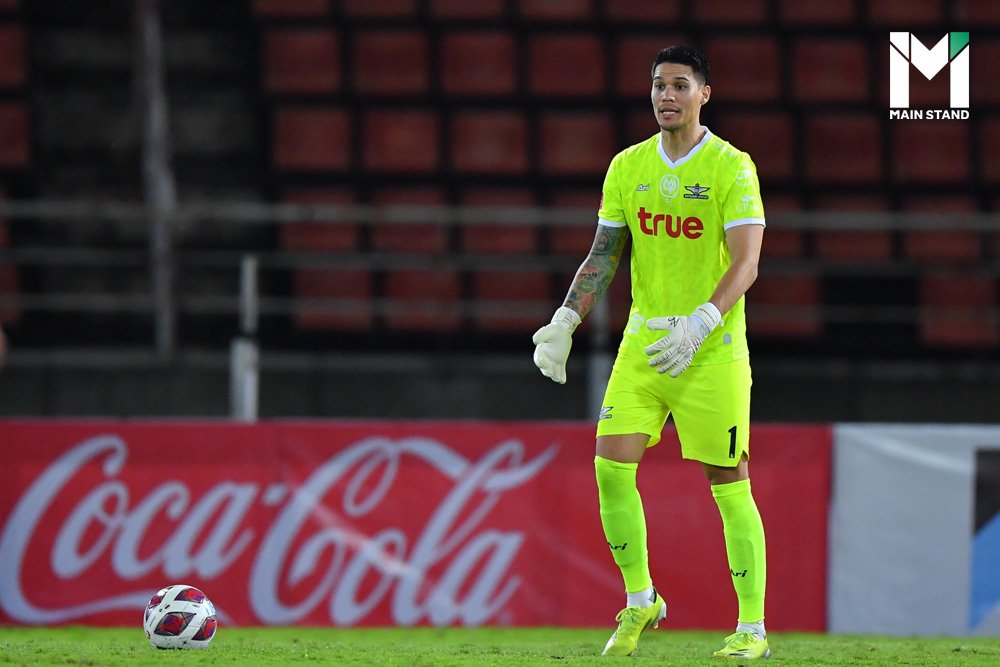
Some notable half-ASEAN imports that season included Michael Falkesgaard (Danish-Fillipino), Kevin Ingresso (German-Filipino), Dennis Villanueva (Italian-Filipino), and Iain Ramsey (Australian-Filipino), Luke Woodland (English-Filipino) and Alvaro Silva (Spanish Filipino).
But overall, the ASEAN quota has propelled Thailand’s domestic league to new heights. From the quality of play on the pitch to the engagement levels on mobile screens, Thai football is second to none in the region. This shows how having the courage to try and the dare to do leads to favorable outcomes.






